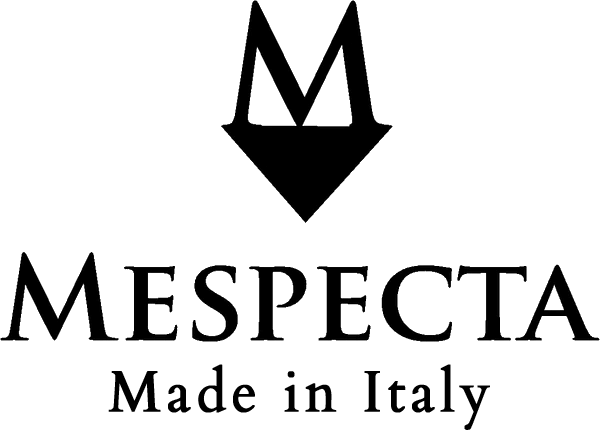It is a question that deserves deep reflection. In the vast panorama of fashion, leather has always represented an element of prestige and resistance over time.
What is the difference between accessories in exotic leather and accessories in normal leather?
Each of us looking in our own wardrobe, home or car can easily identify accessories or details made in leather. We are a company that has been integrating products of this nature into everyday life for millennia. But do exotic leather products - such as crocodile, alligator or python - have different manufacturing processes than those made of sheep or cowhide? Are there hidden truths behind the creation of these goods? In reality, the creation of these products, both from a production and ethical point of view, is identical.
Do not you believe it? Keep reading.
Where does the leather come from?
The key is traceability and accountability. Contrary to widespread perceptions, the production of exotic leather may prove to be just as ethical an alternative as ordinary leather . With much more stringent controls and special traceability registers, many of the farms from which this leather comes operate following strict regulations. These same farms, in fact, oppose abusive practices , carrying out certifications that attest to maximum compliance with the rules.

Here is a fundamental fact: most of the animals from which exotic skin comes, such as crocodiles, have a primary food effect. The animal provides nourishment for the local population and then a further benefit for its skin, making it an important by-product of a process already underway, as happens in our sheep, cattle and goat farms.
Wildlife management and support for local populations

The production of exotic leather contributes to the control and sustainable management of certain otherwise extinct species, maintaining a balance in the ecosystem. It also provides essential sources of income for many communities in developing countries . Exotic leather, similar to cattle products in developed countries, is a natural resource that, if managed properly, can provide economic opportunities. Sometimes it seems different to us because it derives from animals far from our culture but absolutely normal and close to the food traditions of other peoples.
Value, Durability and Sustainability

In addition to its beauty, exotic leather such as crocodile offers benefits that go beyond mere aesthetics. It is notoriously durable , resistant and, when cared for, almost eternal . Unlike fast fashion, whose mass and rapid production has a significantly harmful impact on the environment, a crocodile leather accessory is an investment over time . Choosing an accessory in real leather, rather than synthetic leather, not only guarantees a luxury and prestige product, but represents a conscious and sustainable choice for the planet and for human beings. For more analysis on why synthetic leathers are less durable and highly polluting, refer to other articles.
Brands like Hermès, Fendi, Gucci and many others are well aware of these dynamics. They know that their public, demanding and informed, demands high standards. For this reason, they use certified leathers, which ensure the ethical and respectful origin of the animal .
We at Mespecta, in particular, stand out for Made in Italy artisanal production, placing emphasis on details, customization and quality of materials.
In conclusion, before making hasty judgments, it is essential to fully understand the dynamics behind the choices of big brands. With information and awareness, we can make more ethical and absolutely sustainable fashion choices.





